Kameron Marlowe is going against the grain. While artists are releasing party anthems and feel-good tunes, Marlowe is offering Sad Songs for the Soul—ten songs that dive deep into heartbreak and vulnerability.
Videos by American Songwriter
Marlowe, a self-admitted happy person, is enamored by sad songs and finds that he writes more sad songs in a year than any other song. Using Sad Songs for the Soul as a fun experiment to get him out of a creative rut, Marlowe had a trove of sad songs that “wouldn’t necessarily fit on a normal project of mine.” That’s when he decided to share his passion project with the world. “For me, this was a selfish project where I really wanted to do something very different,” he says.
Marlowe sat down with American Songwriter in our Off the Record series to talk about his love of writing and the emotions from sad songs that make him feel.

American Songwriter: Sad Songs for the Soul is such an interesting concept album. What inspired you to explore this theme of heartbreak and vulnerability for an entire album?
Kameron Marlowe: Man, honestly, I am so enamored by sad songs. That’s what I like to listen to. I don’t know why. I’m a really happy person, but I love sad songs. I love the writing, pain, and emotion they make you feel. I feel like I get more of that emotion from sad songs than I do from ‘Go have a drink with your buddies’ kind of songs. So there were a lot of songs that I had that were just sitting in, I guess, not demo Jail, but actual demo jail on my phone where I just had these songs, and I was like, “What do I do with them?” I was like, “I need to just make a project with all of the ones that I love.”
AS: That leads me to my next question because I wanted to ask, conceptually, if you had the title in mind and then built the songs around it. But it sounds like you had a bunch of sad songs, and you were like, “Well, I got to do something with these,” and then you just figured it out.
KM: Yeah. I find that I write more sad songs in a year than I do other songs, so I was like, “You know what? These are some of my favorites that I would love to just show the world that I wouldn’t feel like would necessarily fit on a normal project of mine.” So, it was just a passion project for me.
AS: Maybe that’s why you’re happier—because you get all this sad emotion out with your music.
KM: Exactly.
AS: Was there ever any concern on your part that an album of only sad songs might be too heavy for listeners?
KM: For me, this was a selfish project where I really wanted to do something very different. I was in a creative rut, and I was like, “What can I do that’s going to inspire me?” And I used a different producer on this, which was really fun to just experiment in different ways. So yeah.
AS: How do you envision people taking this album in? How do you want them to listen to it to get the most experience or the most impact?
KM: Honestly, I feel like everyone listens to music differently. I listen to sad songs while driving down the road, even though I’m having a great day. So if it helps one person, then I’ve done my job. That’s what I’m hoping for.
AS: How do you think sad songs help people process their emotions in a way that happier songs or drinking songs can’t?
KM: I feel like it gives them something to lean on. If I feel like I’ve lived something that is being sung, I can put myself in that moment and compartmentalize that and get that out of my psyche, I guess to say, for lack of a better term, and live in that song. And then the next song comes on.
AS: Do you have a sad song playlist that you go to, like, “I need a good cry, so let me flip this on?” Could you tell me maybe a song that does it for you no matter what?
KM: Have you heard “Indigo”? It’s Sam Barber and Avery Anna. That song’s incredible. That one’s a good one. I ain’t going to lie.
AS: “Burning House” kicks off the album. This was a smash hit for Cam back in 2015. So why did you decide to recut this song?
KM: I just think that this is one of the most beautifully written songs ever. I can see everything. I’m a very visual writer, and the way that they wrote it feels like I can see every image… It’s almost like I can see the movie or the music video before the song’s done, and I just think that’s beautiful.
AS: Did you approach the song differently from a vocal or emotional perspective compared to how it was originally recorded?
KM: I just wanted it to be as raw as possible. So it’s me, a baritone, and an electric guitar, so it’s very different from her version. There’s a little bit of strings on it as well. But yeah, we just try to keep it as stripped down and as laid back as possible.
AS: What’s one thing you’d love to ask Cam about, maybe you did have this conversation, but about the writing of that song and what it meant to her?
KM: I would love to know how that idea came about because if somebody brought that title into a writing room, I don’t know if I would’ve written it that way. But I think it’s cool how they did, and I think it’s beautiful how they did, obviously. The song’s amazing. But yeah, I’m just wondering how that whole situation came about.
AS: The first song, “Hello Whiskey,” has a very poignant tone for the album. Can you walk us through the writing process for that song and explain why it is the first one you want to release?
KM: Yeah. So honestly, it was such a fun write, and as dark as that song is, we cut up the whole time. And I just thought that that was funny because we started off on that “Hello Whiskey” thing, and we were like, “Oh, this is going to be a fun, up-tempo.” And I think somebody hit a wrong chord and went to a six minor, and we were like, “Wait, what was that? That’s got a little angst to it.” That’s how we fumbled around and found the verse. So, we wrote the chorus first and wrote it backwards.
AS: You’ve also collaborated with incredible writers like Kendall Marvel and Vince Gill. How did these collaborations shape the album?
KM: Man, just great minds. I will say Kendall Marvel and Vince Gill are two of my favorite writers to write with. But just the way that they visualize songs like I was saying earlier, I feel like the way that they write is very visual, and that’s something that I’m very attracted to in a writing room.
AS: How did you approach writing “Here Lies the Fool,” which is such a universal yet deeply personal experience in regard to the different stages of heartbreak that you feature on the album?
KM: Oh, man, that’s a great question. To be honest, a lot of them are just random thoughts and random ideas that came into my mind, whether it was something that I’ve lived or something that I’ve seen. “Here Lies the Fool,” for instance, wasn’t even really fully an idea that I had at all. One of the writers, Laci Kaye Booth, came in and had 50 percent of that song already written and was like, “Y’all want to finish this?” And we were like, “Yes, this is awesome.” So it was more of an idea that she had that we all just got to come together.
AS: Is there a song on Sad Songs for the Soul that you think will surprise fans or that you’re the most excited for them to hear?
KM: Ooh. “If You Stay” is my personal favorite on the record, I think.
AS: Why?
KM: I actually didn’t even write that song, but my buddy Wyatt McCubbin, forgive me, I am going to blank on the others’ names. I will get back to make sure that I credit them. But that is just something special in my mind. I feel like I’ve lived that song before, and I know that feeling, and I can tell the heartbreak in that song.
AS: How does Sad Songs for the Soul differ creatively or emotionally from your previous album, Keeping the Lights On?
KM: Keeping the Lights On was more a story of me and the things that I was really going through at the time. And this is more of just an album of songs that I feel like other people may need to lean on a little more than just me when I was writing them.
AS: You also wrapped up the Keeping the Lights On international leg of your world tour. What’s it been like bringing your music to fans abroad for the first time? And are there any standout moments from cities like Amsterdam or Glasgow?
KM: Man, it is so different playing over there, and not in a bad way. It’s really amazing to see how in their culture, it’s like a very listening crowd, which almost is kind of freaky because you go out on stage and it’s dead quiet. They’ll clap when you go up there, and then they’re just looking at you, which is a little intimidating because most of the time you go out and play at a bar or something, and people are just having a good time, and they’re excited that you’re there and excited to play some music. And I had to bring them out of their shell a little bit ’cause they felt like they were going to be in trouble almost. But no, it was a really, really cool experience.
AS: When you’re performing sad songs night after night, do you find it cathartic, or does it take an emotional toll on you? How do you keep yourself grounded?
KM: Luckily, I have other songs that I can lean on too, and I’ll put these in select spots, be like, “Ooh, I’m going to get them there,” and then we’ll come back up and hit them.
AS: So you don’t envision doing a complete tour of Sad Songs for the Soul where that’s all you play?
KM: That would be tough to do, I feel like. Honestly, it might bore some people to do it that way, but it would be interesting to just try it once and see what it did.
AS: What advice would you give aspiring singer/songwriters who want to turn their passion into a career?
KM: One of my favorite pieces of advice that I’ve gotten that I would love to pass on is that the song should always come first. No matter if you think that you have the right idea and that you are dead set on it, always fight for the song. I’ve stuck my foot in my mouth a couple of times in a writing room and been like, “Oh, no, we should do it this way.” And then it turned out to be completely wrong.
Photo by Ben Dartnell

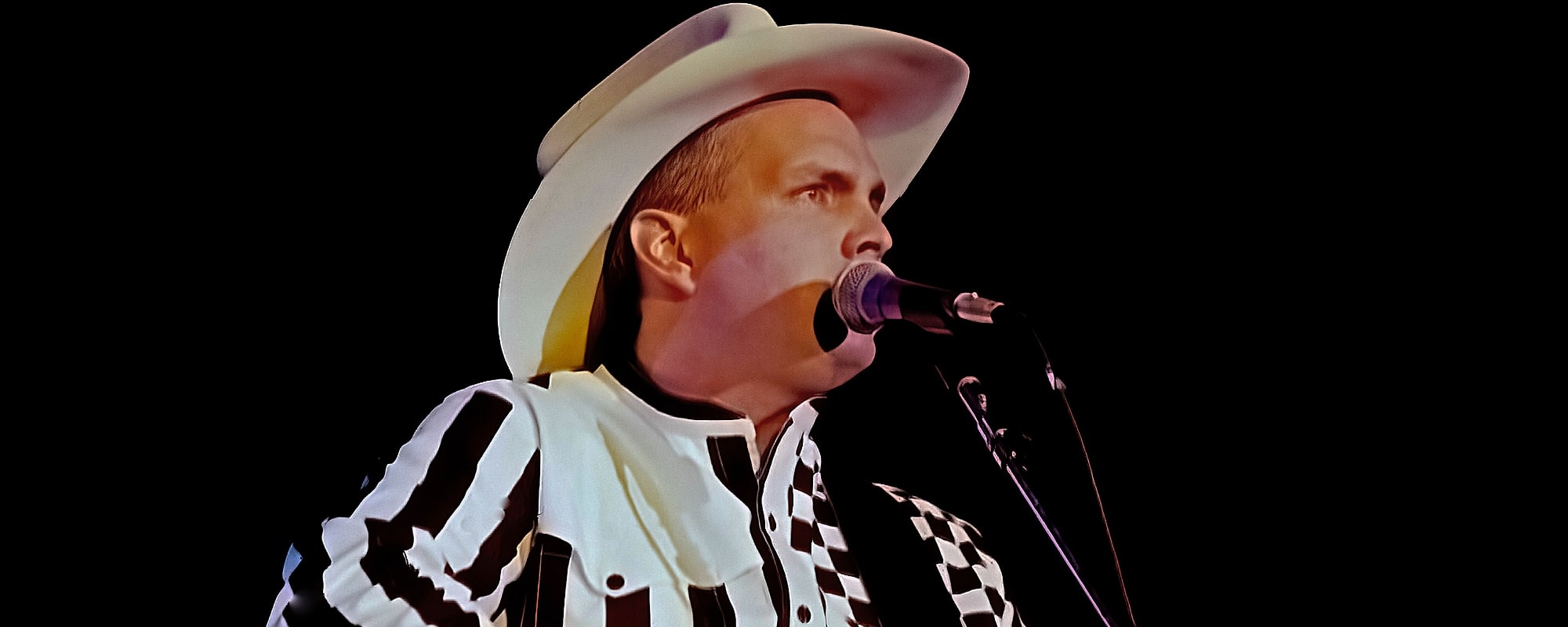
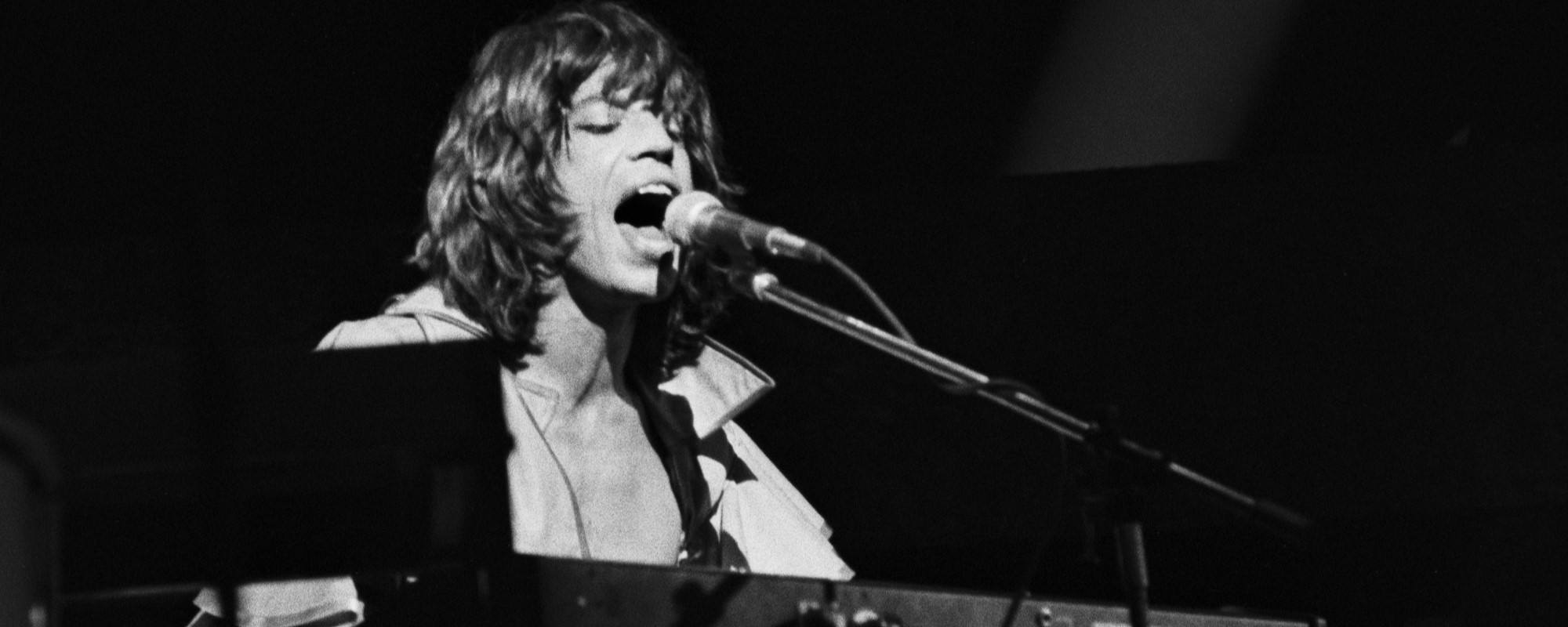
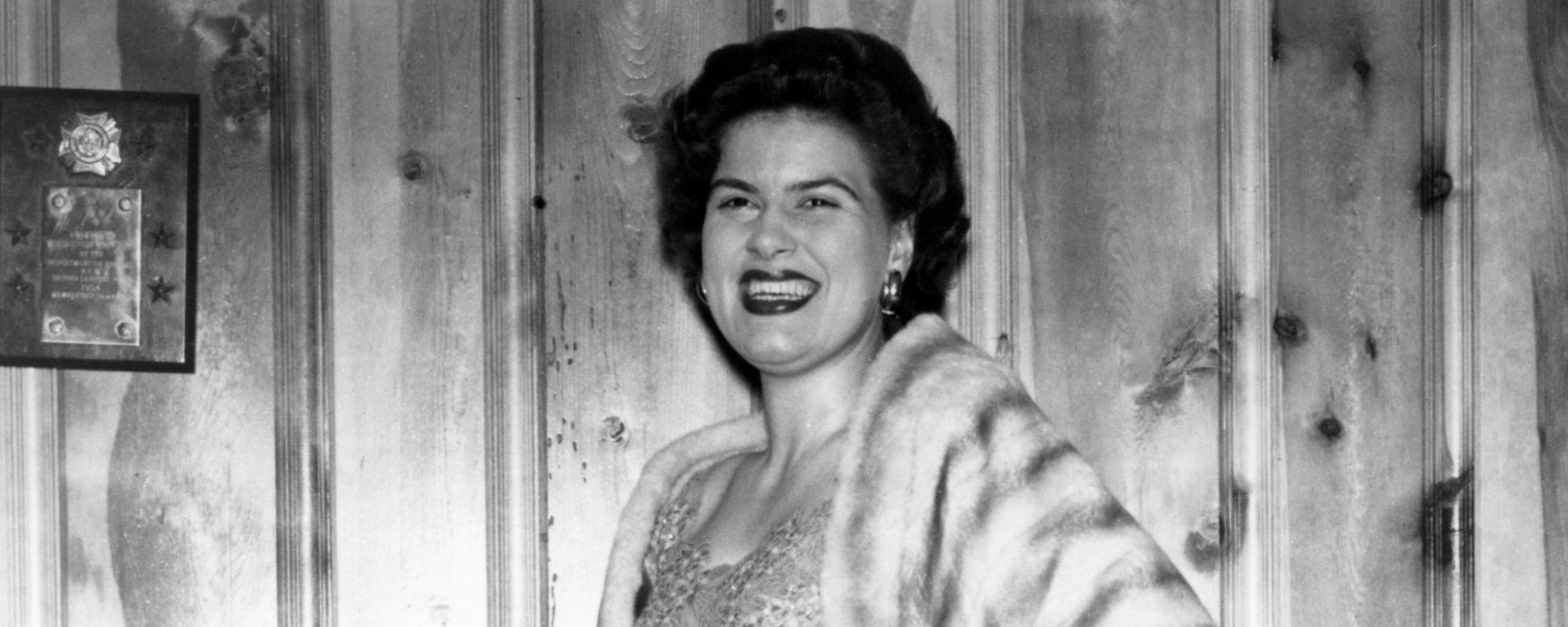
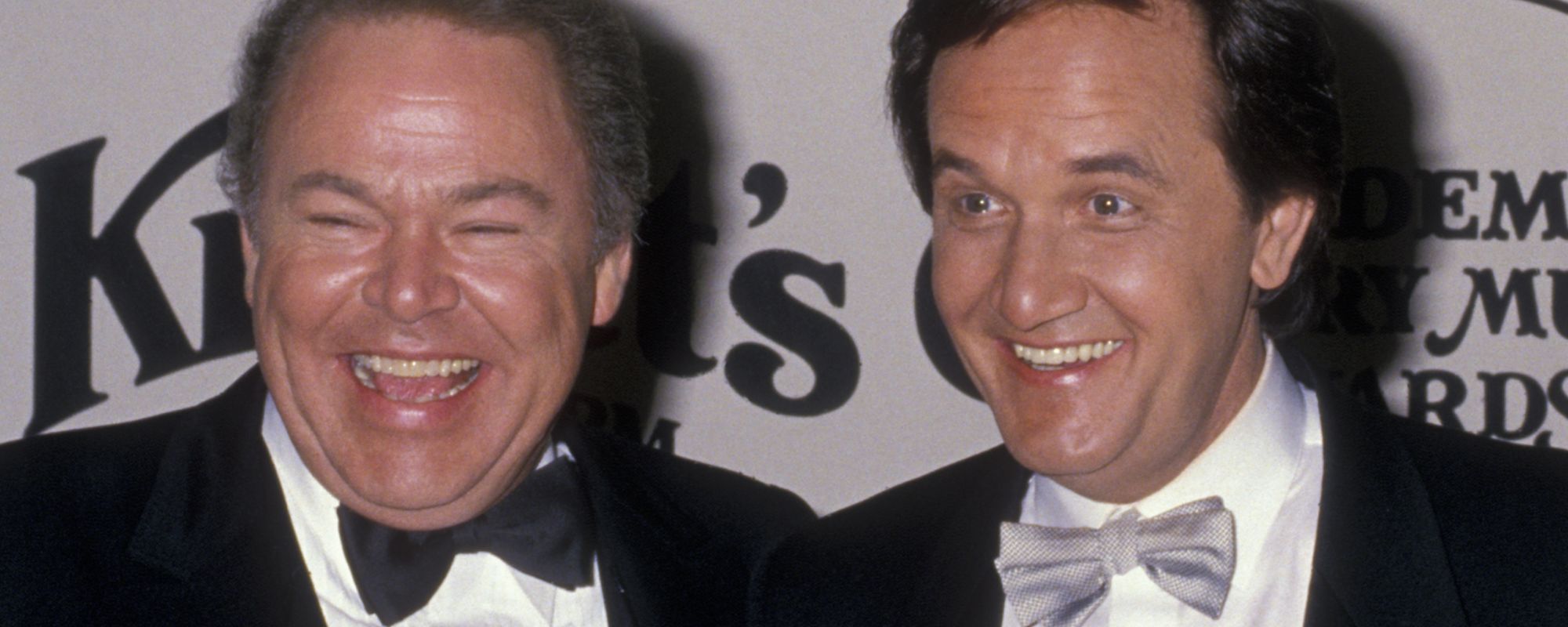
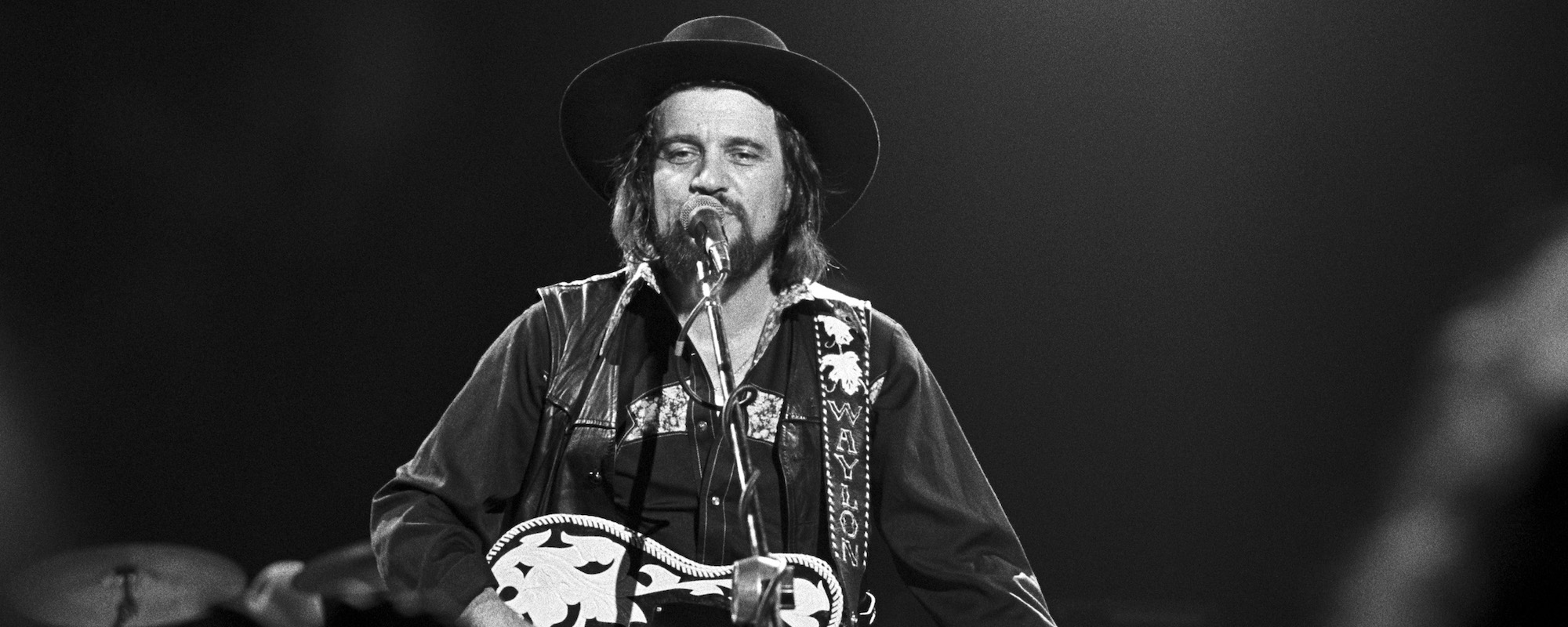
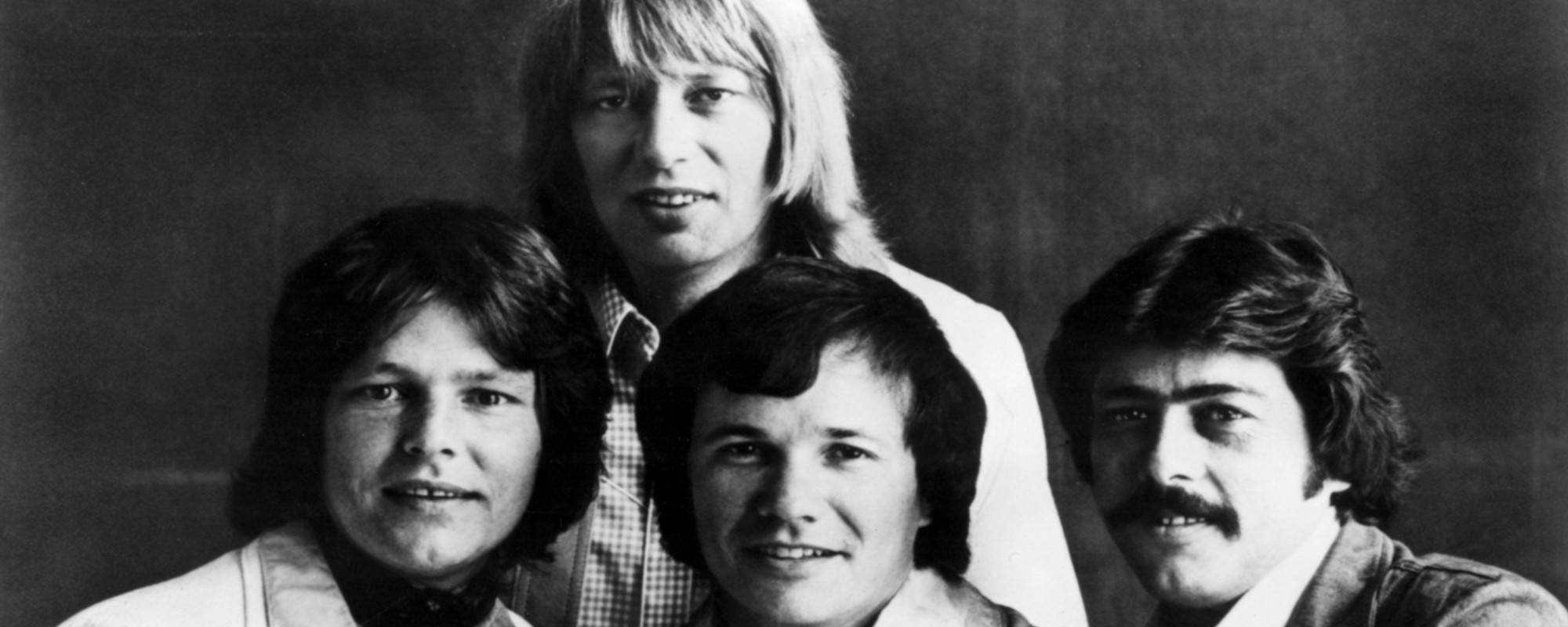
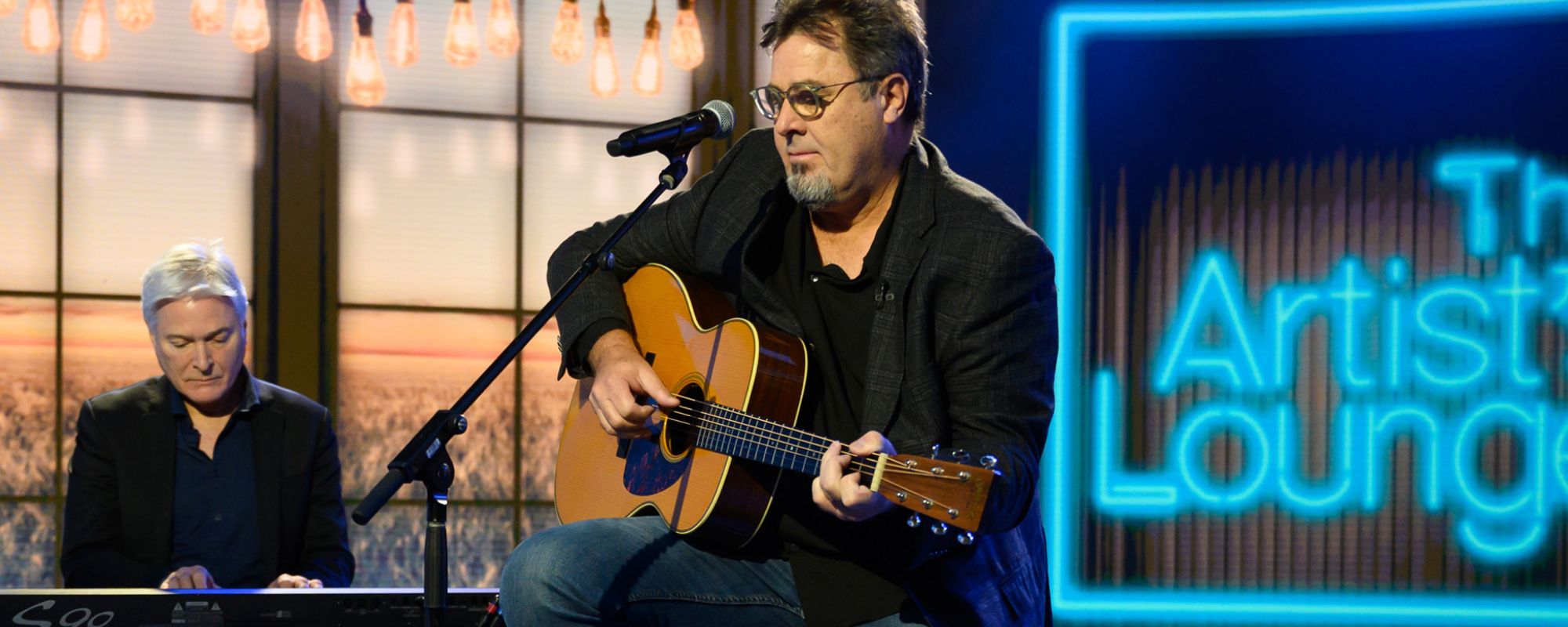
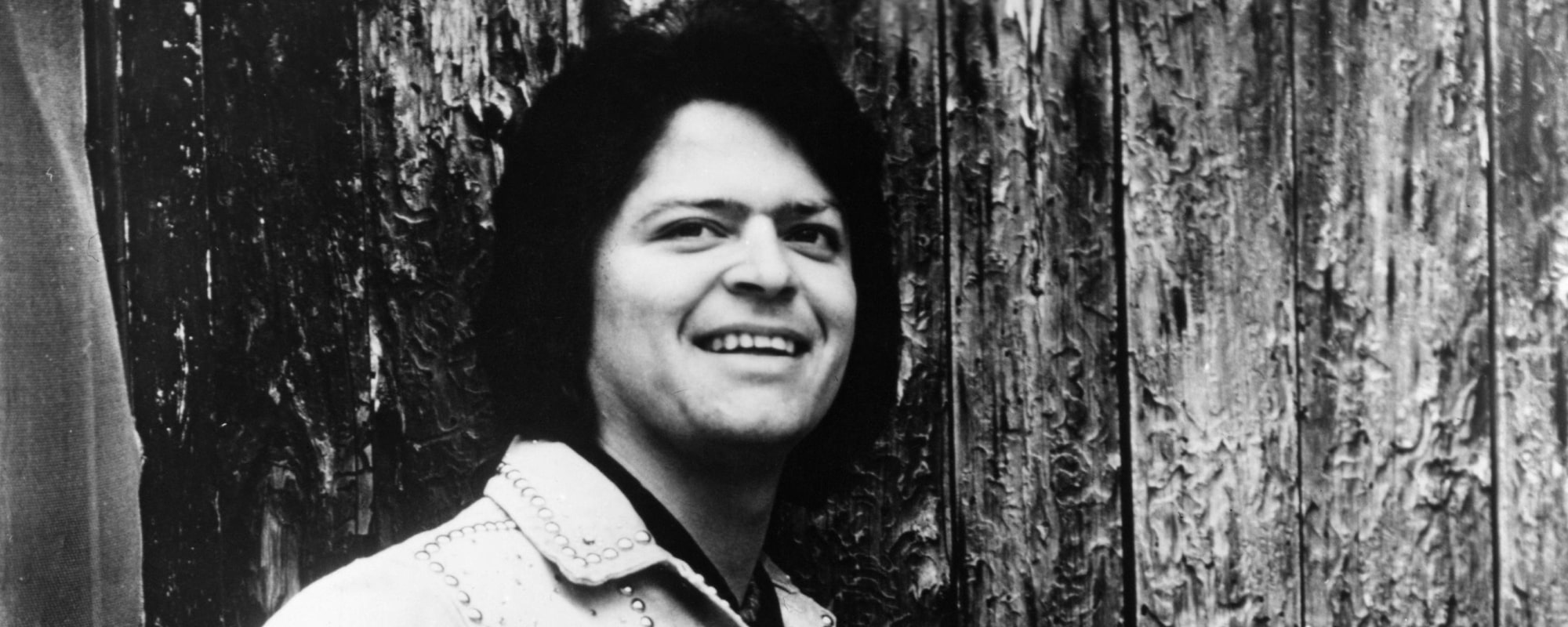
Leave a Reply
Only members can comment. Become a member. Already a member? Log in.